For the two days Ursula’s 10th-grade U.S. history classes devote to the Zinn Education Project activity, Reconstructing the South, the room is loud with students discussing, debating, pleading, and persuading.
I think it is fine to grow some cotton, but if it is our land, we should get to decide what we grow.
But the Northerners are not going to just give us the land for nothing. We have to make it profitable for them.
We were forced to put the needs of others above our own for centuries. Do you really want some white person telling us what to do with the land we have a right to?
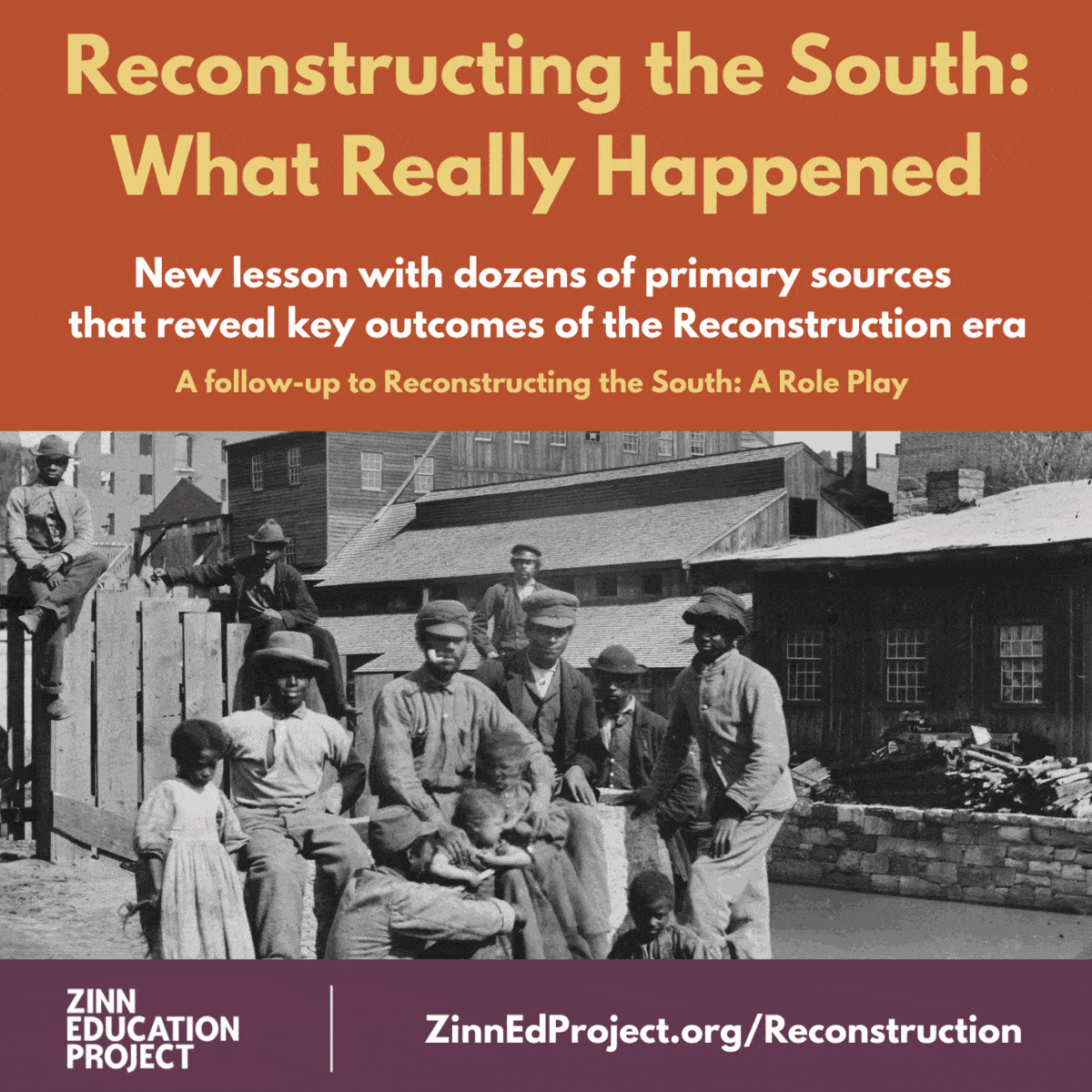
The activity, written by Bill Bigelow, has students imagine into the perspective of newly freedpeople grappling with six critical questions about how to organize and build a post-slavery society. Students, adopting the perspective of a freedperson, are asked:
-
- Who should own and control the plantations?
- Would you be willing to promise the Northern politicians that, in exchange for acknowledging your right to the land, you would continue to grow cotton?
- What should happen to Confederate leaders?
- Who should be allowed to vote in the new South? Everyone? Only formerly enslaved people? Only those who were loyal to the United States during the war? Women?
- How will freedpeople be protected?
- What conditions should be put on the Southern states before they are allowed to return to the Union?
After they have discussed and wrestled with all six questions, students always quickly ask, “OK, so what really happened?!” Bigelow writes, “And that’s where we want to leave students with this activity: eager to learn about ‘what really happened,’ how the actual human beings resolved these questions.”
We designed the activity outlined below to direct students’ curiosity and excitement from the role play into the process of finding out “what really happened” by analyzing and discussing a wide assortment of primary source documents.
The challenge (and fun) of this activity is that although the lesson asks straightforward questions — who should own and control land? How will freedpeople be protected? — these documents do not always straightforwardly answer them. Often, the answers are only partial; sometimes the “what happened” proved only temporary; the perspective and position of the authors can be hard to parse; and students may end up with more questions than they started out with. No, this selection of speeches, newspaper articles, contracts, letters, and laws is not a Google search bar that will spit out answers in mere seconds. So it is critically important that students be given sufficient space and time to talk with each other throughout all portions of this activity. And these documents are not to be tackled alone; rather, they should be pored over, analyzed, and deciphered in conversation with others. Continue reading and access lesson from DOWNLOAD TO READ IN FULL button.
Related Resources
Erasing the Black Freedom Struggle: How State Standards Fail to Teach the Truth About Reconstruction Zinn Education Project national report on the teaching of the Reconstruction era, including a state-by-state assessment.
The report examines state standards, course requirements, frameworks, and support for teachers in each state. It also includes stories about creative efforts by districts and/or individual teachers in each state to teach outside the textbook about Reconstruction.
More resources below.
Classroom Story

I used the Reconstructing the South: What Really Happened lesson for my Reconstruction Unit.
The discussion was my students’ favorite part of the lesson. Many of them identified that Black Americans should have equal voting rights and some parcel of land upon freedom (whether from the plantation or otherwise). Many students wrestled with how to address retaliation, especially with prior knowledge from English class that racial violence was and is rampant in the United States. Overall, the discussions were very interesting and fruitful.
After the discussion, I placed the documents around the room in the style of a gallery walk. Each table had a folder for the respective topic. My students found the documents interesting, and tended to gravitate more towards the letters.
The debrief revealed a lot of frustration amongst students. For many students, it was tough to see progressive policies that initially had momentum eventually fall to the wayside. These documents helped students understand that history is not linear progress, but rather a pendulum that swings back and forth.

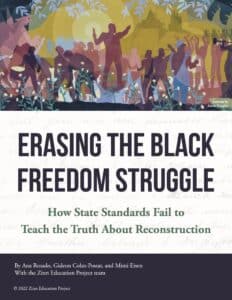
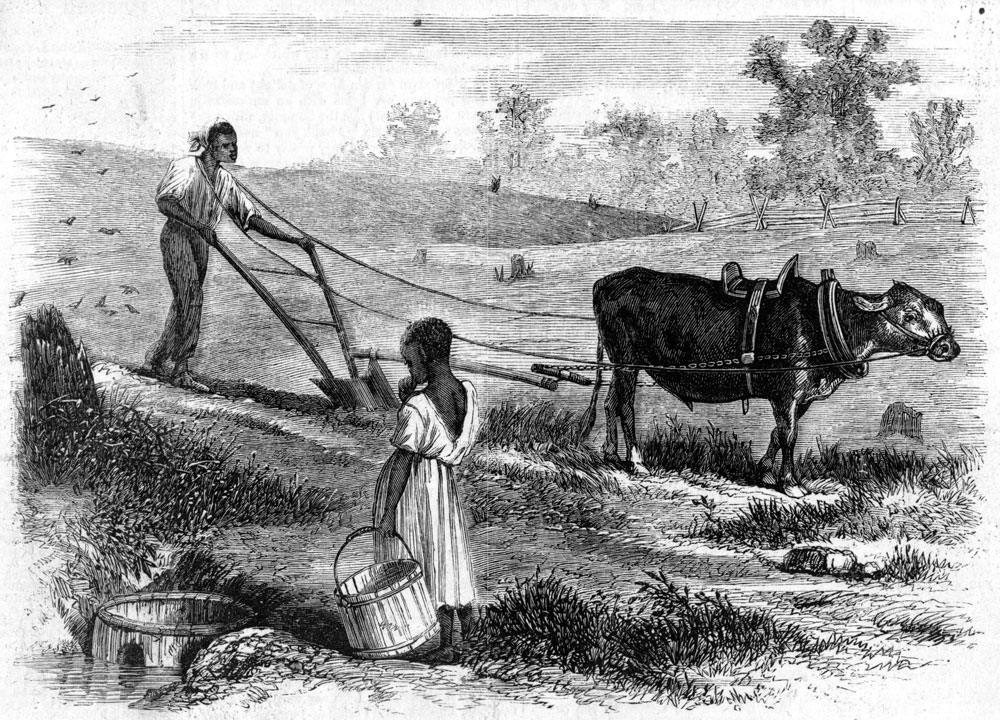
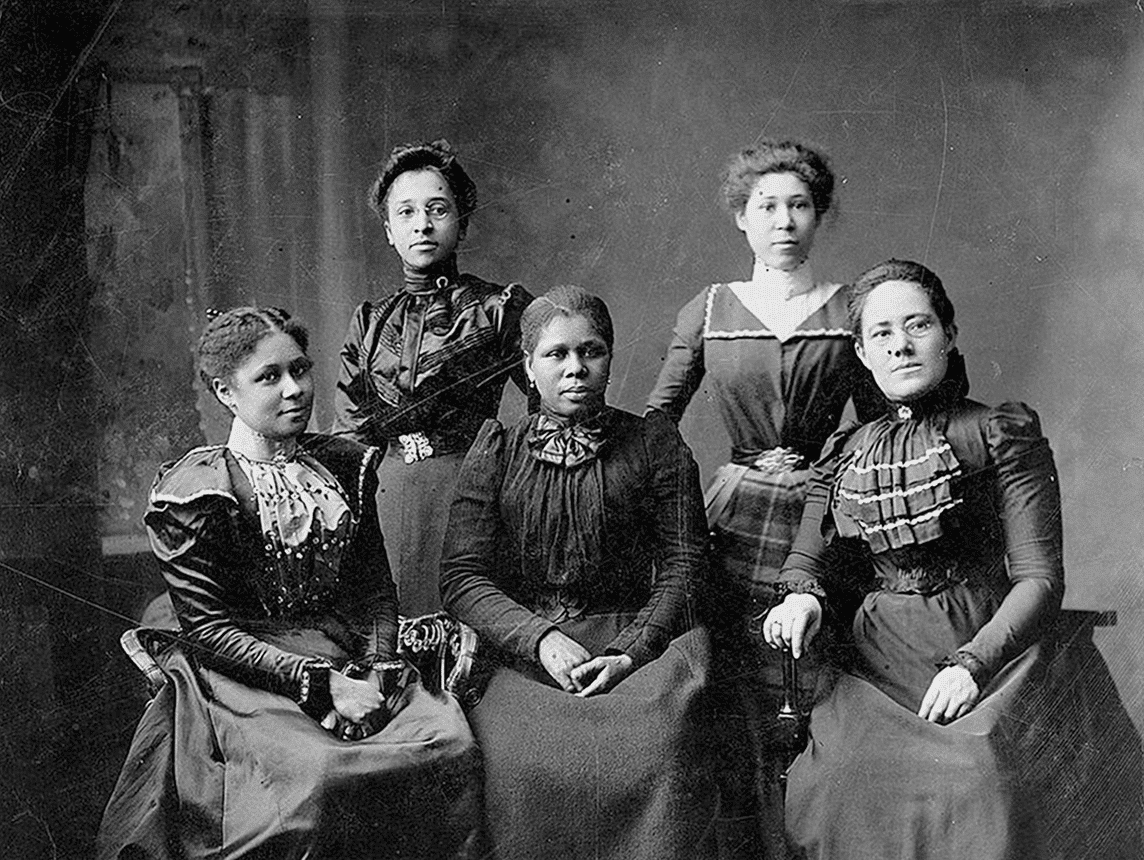
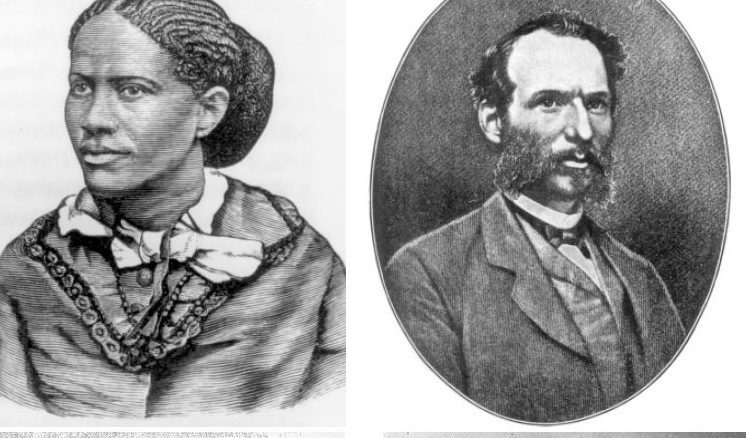
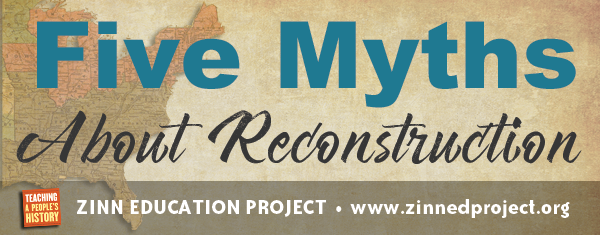
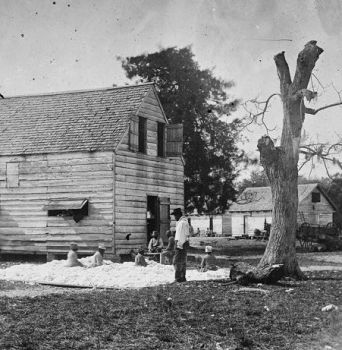
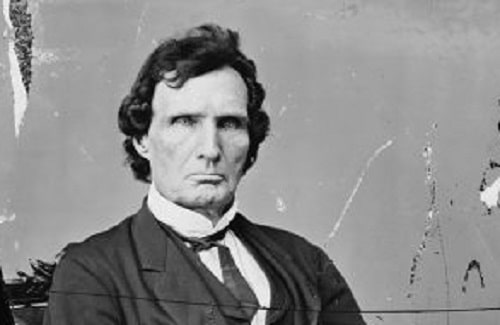
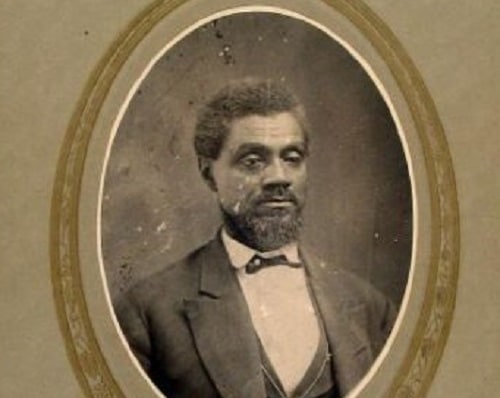






Twitter
Google plus
LinkedIn